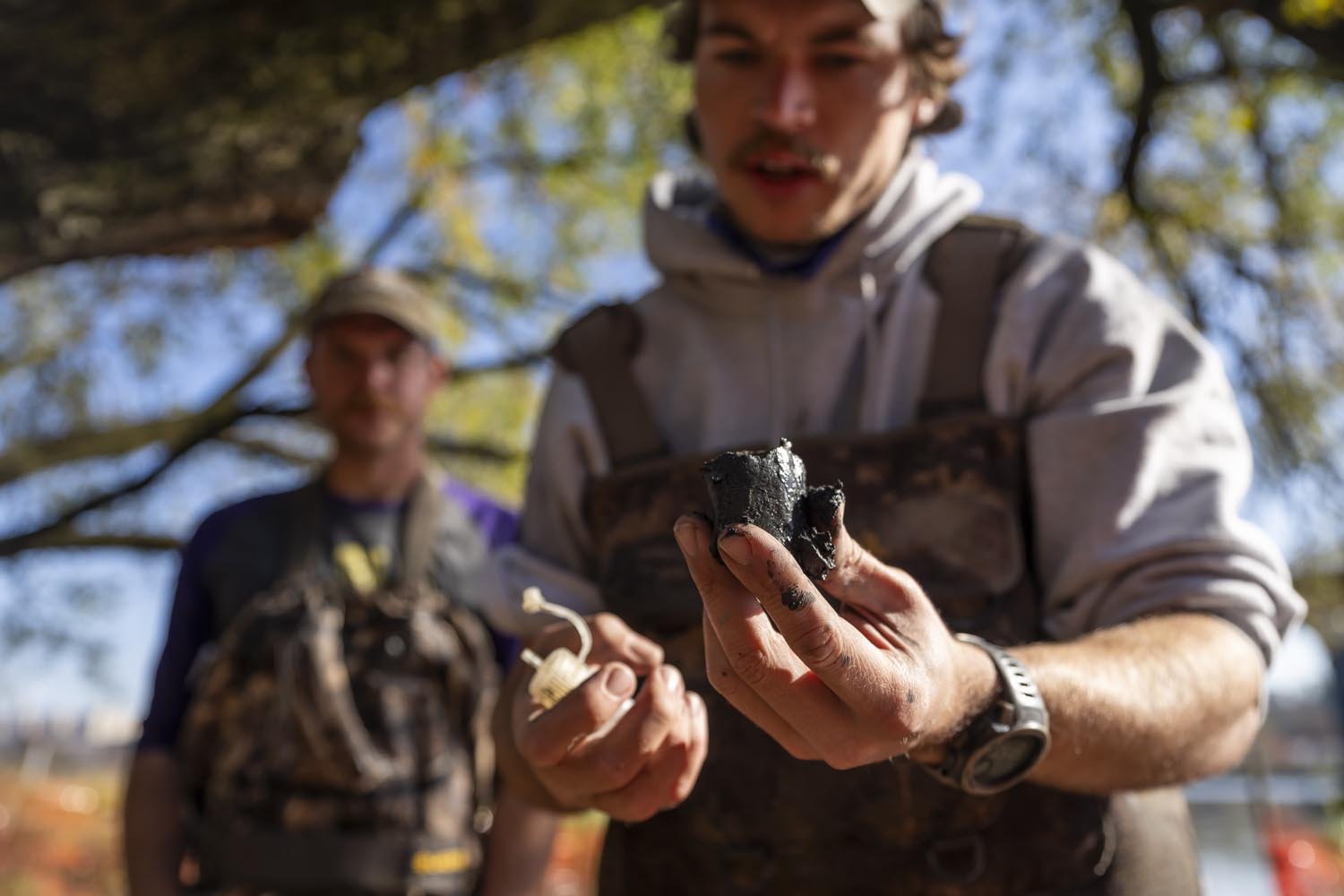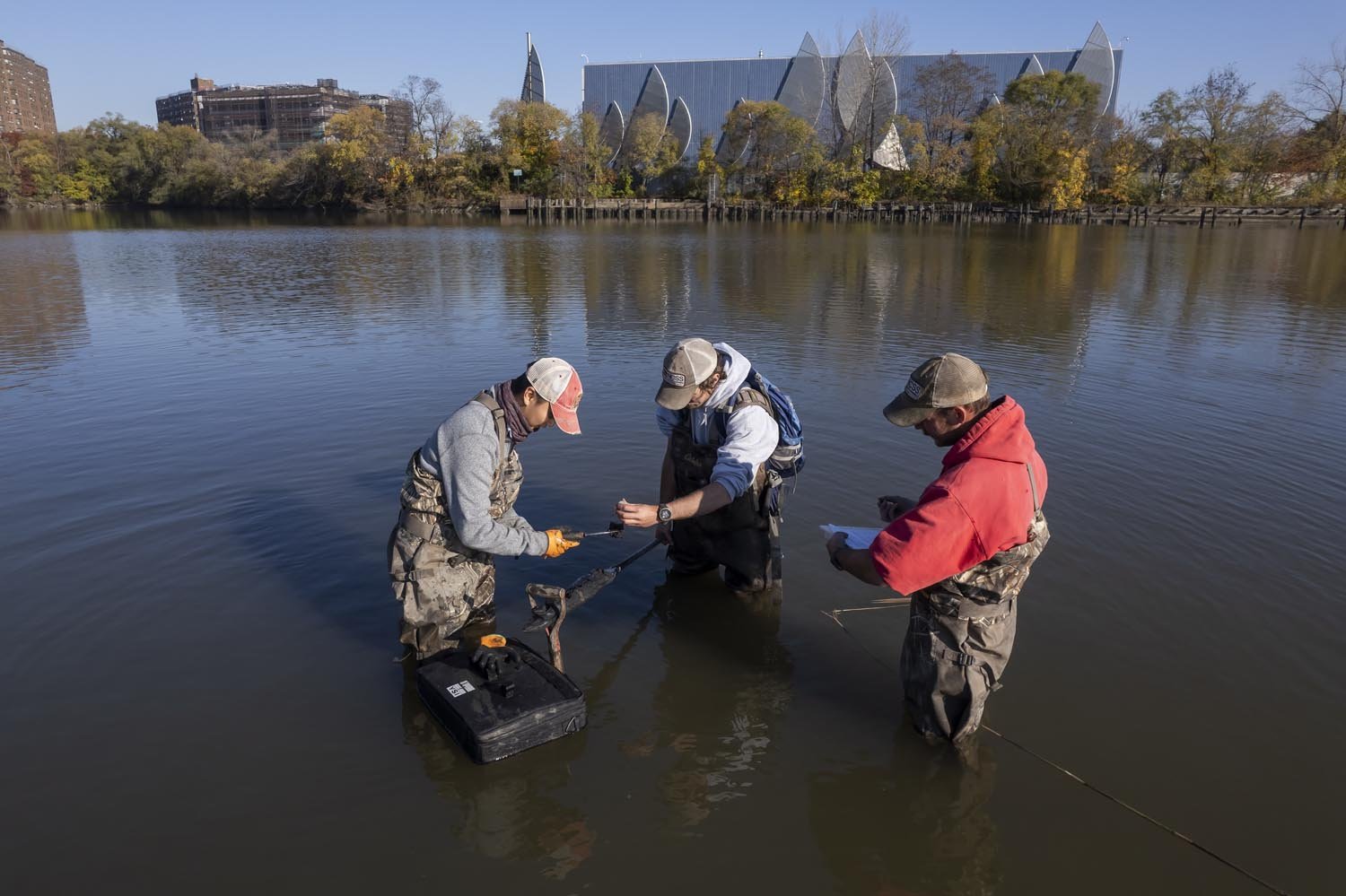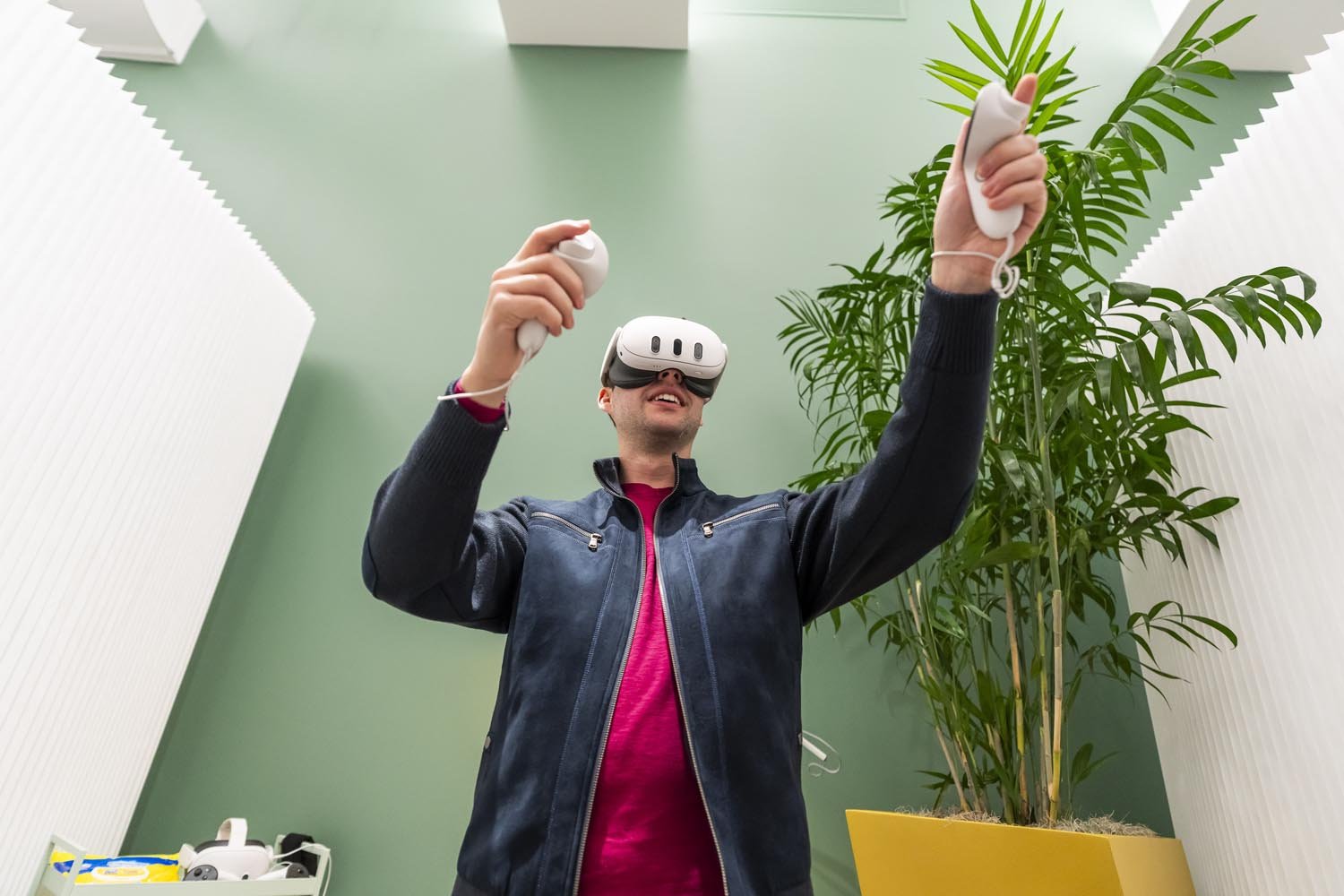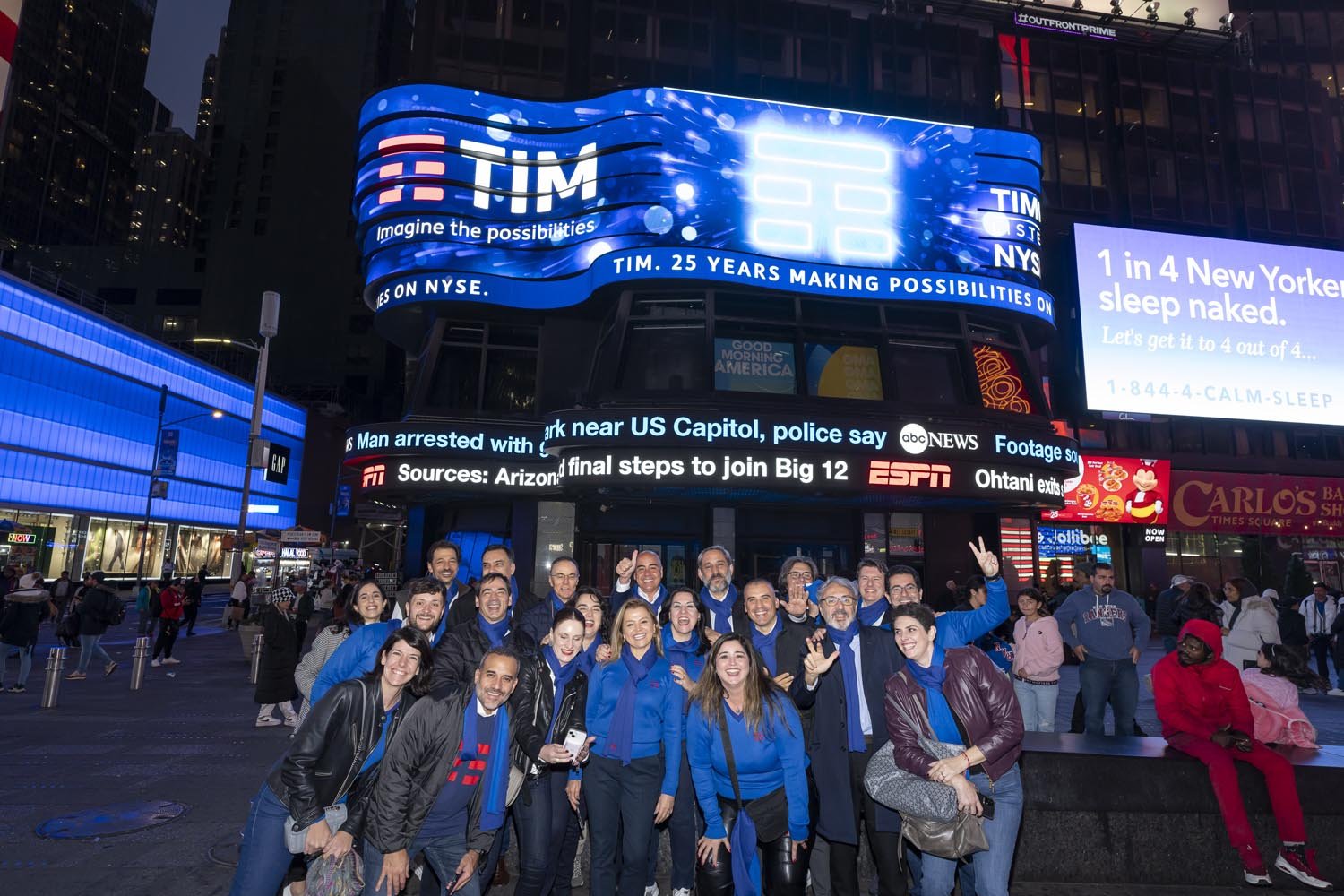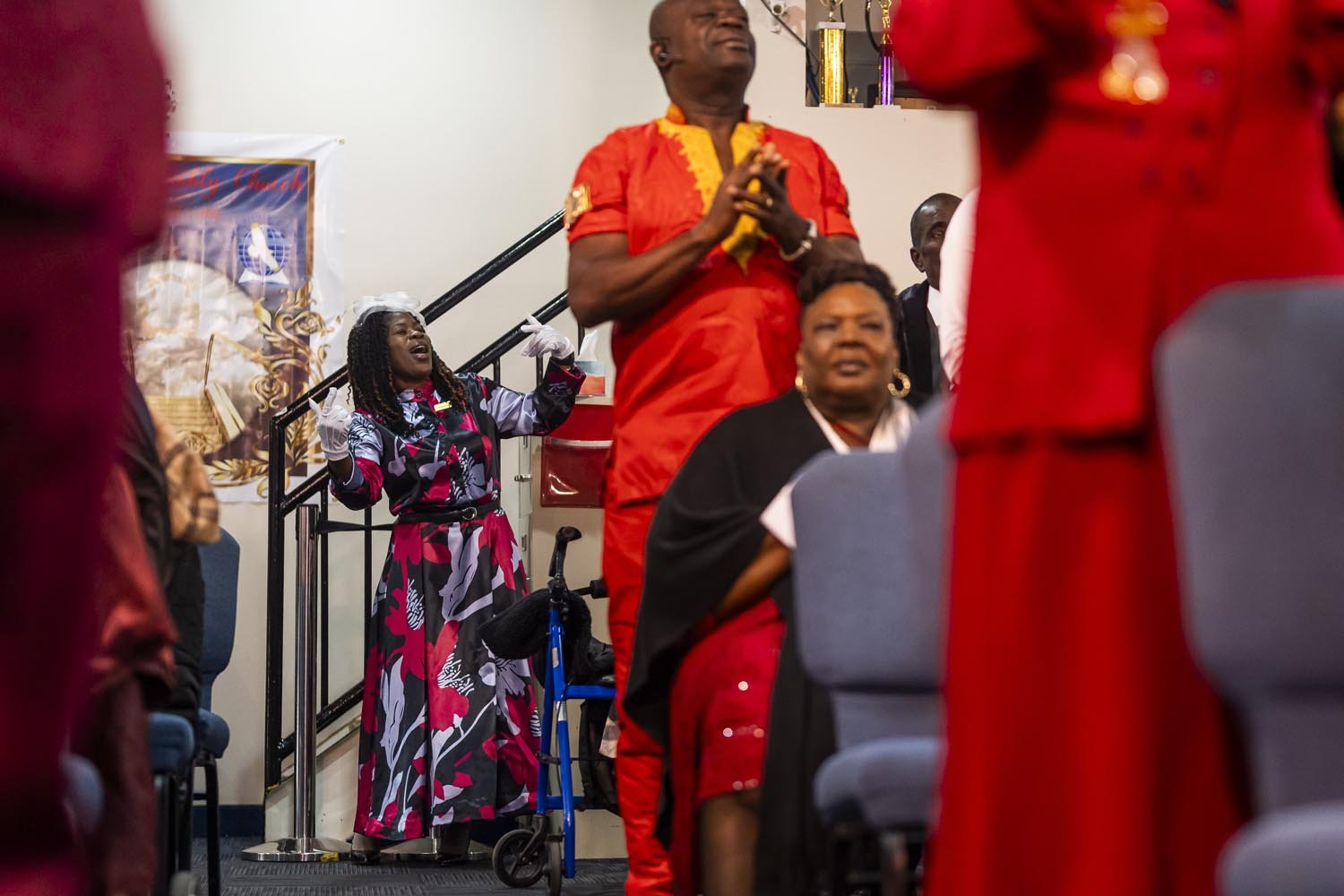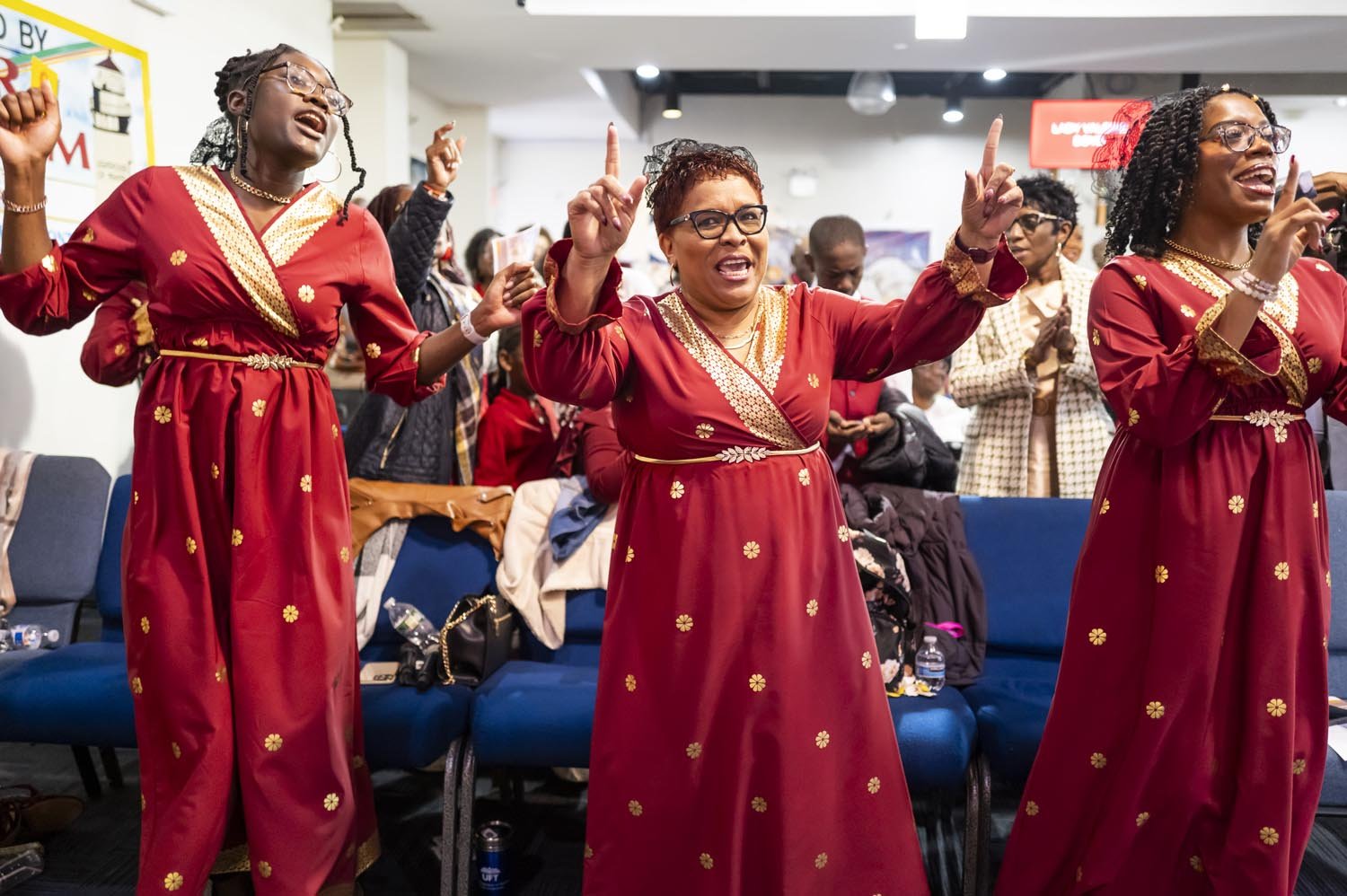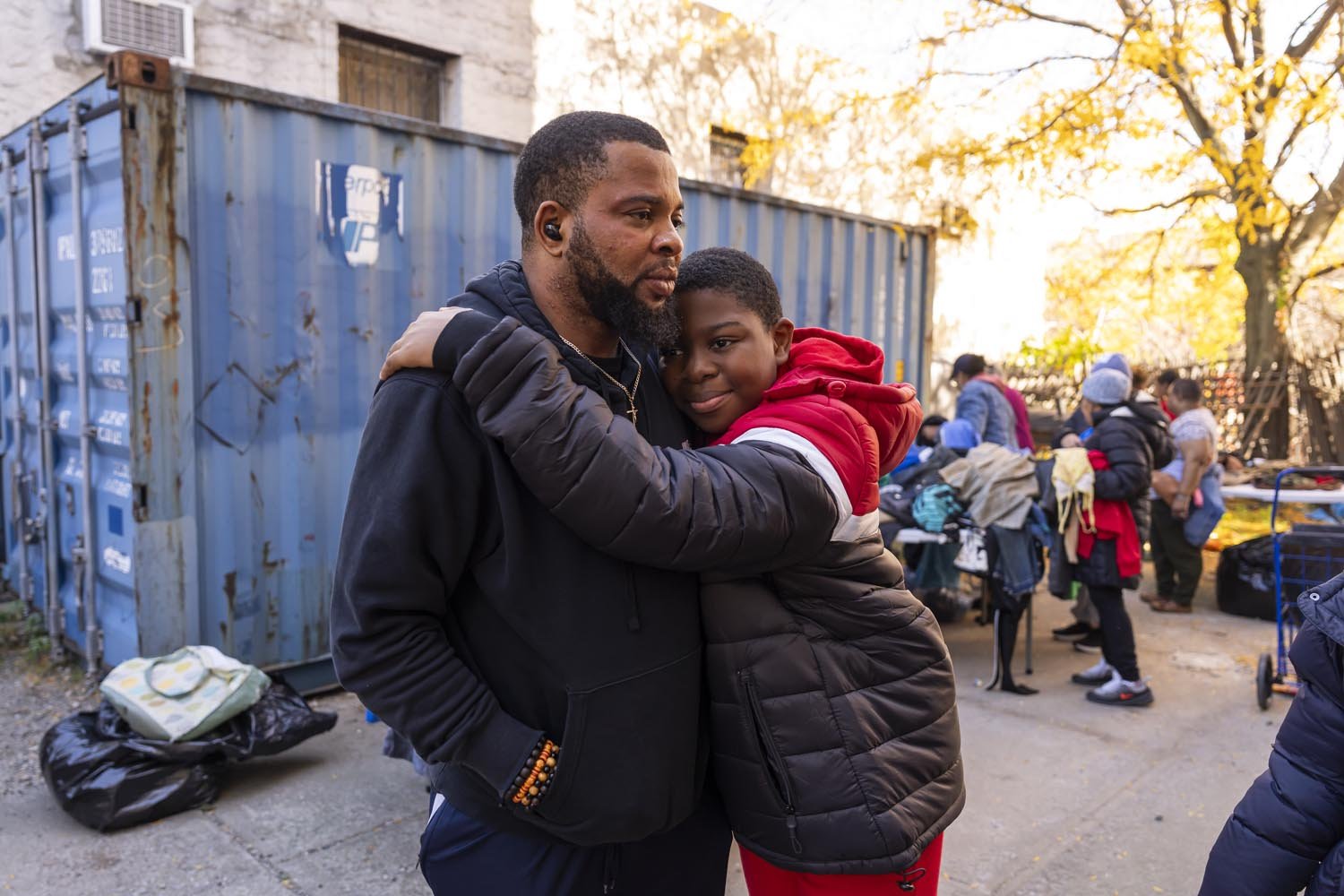I’m looking to expand my work with museums and cultural institutions around New York and Westchester. There’s something truly special about capturing the artistry, history, and culture that these spaces preserve and showcase. Whether it's a gallery exhibition, a cultural event, or architectural photography of the institutions themselves, I’d love to bring my lens to more of these creative environments. If you’re looking for a photographer to document the essence of your museum or cultural event, I’d be excited to connect!
The New York Transit Museum, located in Grand Central Terminal, is a fascinating institution that offers unique insights into the history and operation of public transportation in New York City. While specific statistics about the museum might not be widely discussed, here are some lesser-known facts and aspects:
Historical Significance: The New York Transit Museum is housed in a decommissioned subway station, making it one of the most unique museum spaces in the city. The station, known as the Court Street station, was closed in 1946, and the museum opened its doors to the public in 1976. This historical setting provides visitors with an authentic glimpse into the early days of the city's subway system.
Source: New York Transit Museum - About
Collection Size: The museum boasts an extensive collection of vintage subway cars, buses, and other artifacts related to public transportation in New York City. According to their website, the collection includes over 1,600 subway cars and buses, as well as thousands of other items such as photographs, maps, and tokens. This vast collection offers visitors a comprehensive look at the evolution of transit in the city.
Source: New York Transit Museum - Collections
Educational Programs: The New York Transit Museum offers a wide range of educational programs and resources for learners of all ages. These programs cover topics such as urban planning, engineering, and the history of transportation. The museum also provides outreach programs for schools and community groups, aiming to inspire curiosity and appreciation for public transit.
Source: New York Transit Museum - Education
Special Events and Exhibitions: In addition to its permanent collection, the museum hosts rotating exhibitions and special events throughout the year. These events often explore timely topics related to public transportation, urban life, and historical preservation. From art installations to film screenings, there's always something new to discover at the New York Transit Museum.
Source: New York Transit Museum - Events
Online Resources: The museum offers an array of online resources for those unable to visit in person. These include virtual tours, digital exhibits, educational videos, and archival collections. These online resources make the museum's offerings accessible to a wider audience and serve as valuable educational tools.
Source: New York Transit Museum - Online Resources
These lesser-known aspects of the New York Transit Museum highlight its historical significance, extensive collection, educational programs, special events, and online resources, making it a valuable cultural institution for locals and visitors alike.















